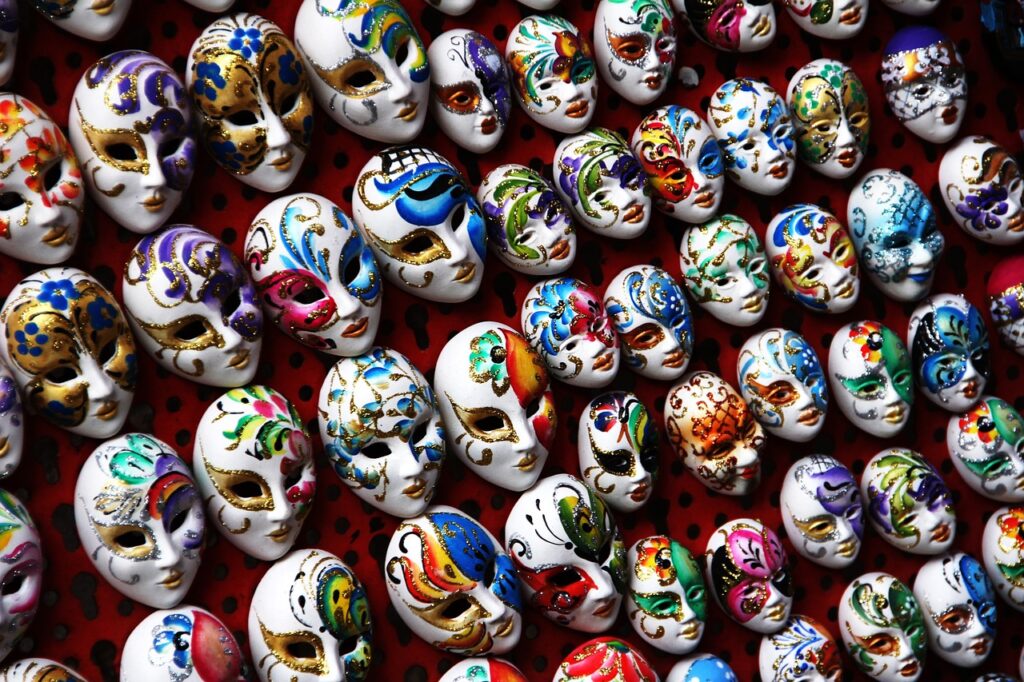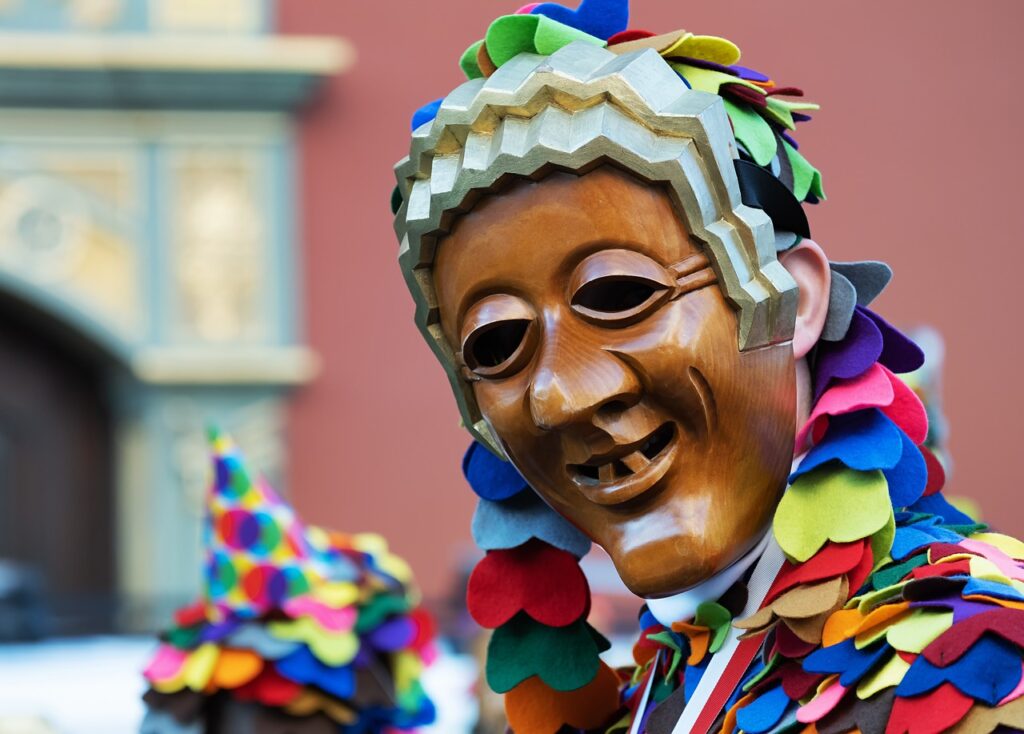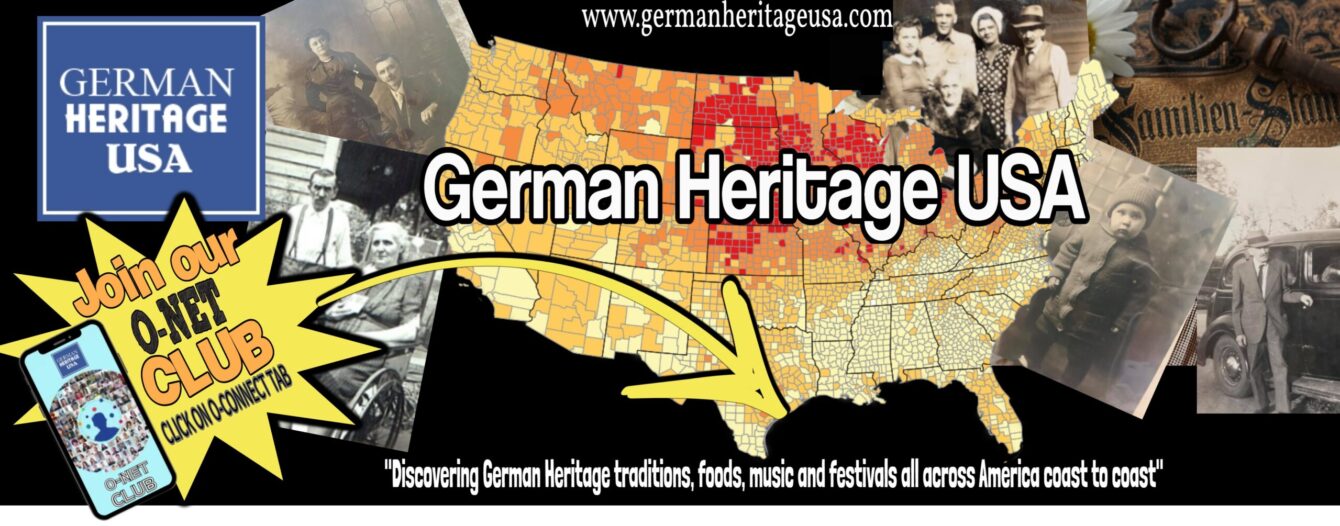Fasching & Fastnacht: How Germany Begins Karneval on November 11th at 11:11 Every Year
Did you know Germany’s carnival season lasts four months? It’s called Fasching, Karneval, or Fastnacht. It starts on November 11th at 11:11 a.m. every year. This tradition comes from German Heritage, going back to before the Romans.
Fasching is like Mardi Gras in Germany, a time of fun before Lent. The big celebrations happen in February. But the carnival spirit starts in November, getting everyone ready for months of fun.

In Cologne, the Karneval has been celebrated since 1234. Mainz also has lively Fastnacht celebrations. No matter where you are in Germany, you’ll find colorful parades and people eager to celebrate until Ash Wednesday.
Key Takeaways
- Carnival season in Germany starts on November 11th at 11:11 a.m.
- The celebration is known by different names: Fasching, Karneval, and Fastnacht.
- Carnival traditions in Germany date back to pre-Roman times.
- Each region has its own unique customs and celebrations.
- The carnival season lasts four months, climaxing before Lent.
- Major events include Altweiber Fastnacht, Rosenmontag, and Fastnachtdienstag.
The Origins of German Carnival Traditions
German carnival traditions have a long history, dating back centuries. They started in pre-Roman times and grew through the Middle Ages. Today, they are lively celebrations.

Pre-Roman and Medieval History
Ancient Germanic tribes wore masks and costumes for rituals before the Romans arrived. In medieval times, these disguises were for fun and to mock rulers safely. The first Karneval parade was in Cologne in 1341, a big step in its history.
Religious Significance and Lenten Connection
The start of German carnival is on November 11th at 11:11 AM. It lasts until Ash Wednesday, filled with feasting and fun before Lent. In Catholic areas, Karneval was a way to enjoy life before fasting.
Evolution from City Festivals to National Celebration
Karneval started in cities like Mainz and Speyer, with Cologne joining by 1234. It grew across Germany, especially in western areas. Now, millions join in, with Cologne’s parade attracting over 1.5 million viewers.
| Region | Celebration Name | Notable Features |
|---|---|---|
| Rhineland | Karneval | Large parades, costume balls |
| Bavaria | Fasching | Venetian influence, wooden masks |
| Swabia | Fastnacht | Distinctive fool characters |
Karneval has grown into a cultural event that brings people together. It mixes local traditions with national pride. The tradition keeps changing, tackling new issues while keeping its roots.
